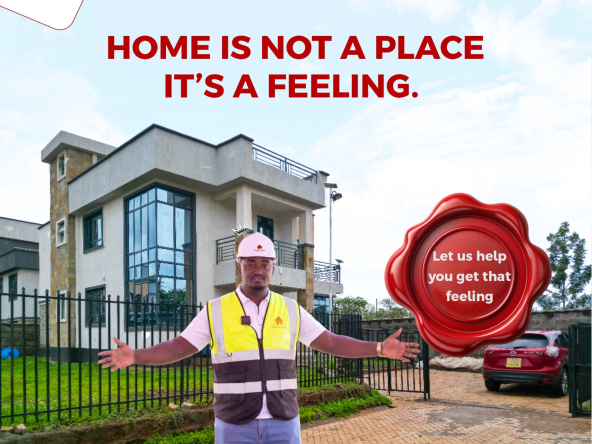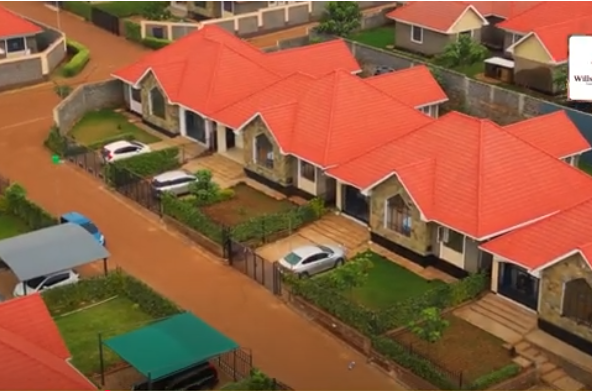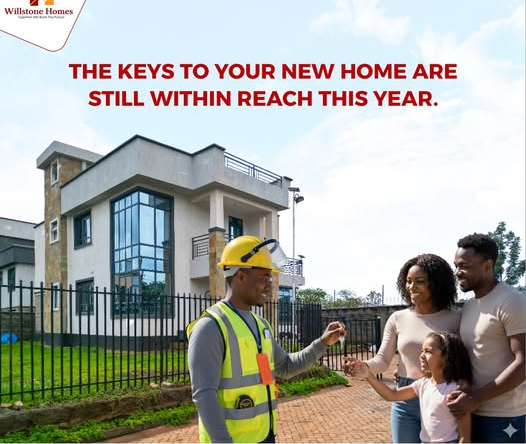The Changing Face of Construction in Nairobi
Nairobi’s skyline is rapidly evolving, not just in height but in the materials powering its growth. With climate change, urban migration, and the need for affordable housing placing pressure on the city, the construction industry is increasingly turning to innovative solutions. One of the most notable shifts is the rising popularity of trendy construction blocks—modern materials that offer sustainability, cost efficiency, and durability.
From local entrepreneurs to real estate developers, stakeholders across Nairobi are embracing alternative building blocks that meet environmental and economic needs. These new materials reflect a global movement toward sustainable building, with local adaptations suited for Kenya’s context.
Interlocking Stabilized Soil Blocks (ISSBs): Kenya’s Homegrown Solution
Among the most impactful innovations in Kenya’s construction scene is the Interlocking Stabilized Soil Block (ISSB). These blocks are made from local soil mixed with a small percentage of cement and compressed into molds. Their key feature is interlocking edges that eliminate the need for mortar, cutting construction time and costs by up to 30%.
Why ISSBs Are Trending
- Affordability: Reduced need for cement and labor.
- Sustainability: Minimal carbon footprint since blocks are not fired like conventional bricks.
- Strength: ISSBs can withstand significant loads when properly stabilized.
Organizations like BuildX Studio and EcoBlocks Kenya have piloted affordable housing projects using ISSBs in Nairobi’s outskirts, including areas like Ruai and Rongai, helping low-income families access durable homes.
Read Also: The Psychology of Gates: Why Enclosed Living Feels Safer and More Luxurious
AAC Blocks: Lightweight Yet Powerful
Autoclaved Aerated Concrete (AAC) blocks are another trending material making waves in Nairobi’s construction sector. These are precast, foam concrete blocks that are incredibly light yet highly insulating. While more common in high-end commercial or multi-story buildings, AAC blocks are gaining traction due to their long-term energy efficiency benefits.
Benefits for Urban Builders
- Thermal Insulation: Reduces the need for air conditioning in Nairobi’s warmer neighborhoods.
- Fire Resistance: Ideal for commercial developments.
- Speed of Construction: Easy to transport and install, reducing project timelines.
Suppliers like Sun Root and Excellent En-Fab have begun introducing AAC block plants in Kenya, responding to growing developer interest in sustainable building materials.
Recycled Plastic Bricks: Turning Waste into Wealth
Nzambi Matee, a Kenyan innovator and founder of Gjenge Makers, has put Nairobi on the map with her recycled plastic bricks. These blocks, created from plastic waste and sand, are reportedly five to seven times stronger than concrete and up to 30% cheaper to produce.
Environmental and Economic Value
- Waste Reduction: Kenya produces thousands of tons of plastic waste daily, much of which ends up in landfills or rivers.
- Durability: Plastic bricks are waterproof and suited for both floors and walls.
- Job Creation: This innovation fosters local employment, especially among youth.
Projects using plastic bricks have already emerged in informal settlements such as Kibera and Mukuru, offering eco-friendly pathways to infrastructure upgrades.
Hempcrete: An Emerging Green Alternative
Though still in its infancy in Kenya, hempcrete—a mixture of hemp fibers, lime, and water—is attracting interest from green developers and alternative building communities in Nairobi. It is not load-bearing, but works excellently for insulation and internal walls.
Why Builders Are Curious
- Carbon-Negative: Hemp absorbs CO₂ as it grows, offsetting emissions from lime.
- Natural Insulation: Perfect for Nairobi’s temperate climate.
- Fire and Pest Resistant: Offers added safety in dense urban environments.
With Kenya’s first industrial hemp conference held in 2025 and regulatory momentum growing, hempcrete may become a key player in the future of sustainable building in Kenya.
Papercrete and Compressed Earth Blocks: Low-Cost Innovation
Papercrete—an experimental block made from recycled paper and cement—is occasionally seen in small-scale eco projects in Nairobi’s peri-urban areas. While not yet mainstream, it reflects a growing curiosity toward DIY and natural building trends.
Similarly, Compressed Earth Blocks (CEBs) are gaining favor in community-driven builds. These are slightly different from ISSBs, typically made without cement and pressed using mechanical means. NGOs and rural schools are using CEBs to reduce construction costs and environmental impact.
3D-Printed Blocks and Smart Materials: Nairobi’s Future?
Though still aspirational in Kenya, 3D-printed construction blocks have generated interest from architectural schools and innovation hubs in Nairobi. Global breakthroughs in this technology suggest that mass production of buildings using robotic printers may not be far off—even in Africa.
Likewise, smart bricks—integrated with sensors to detect heat, moisture, and structural integrity—are under exploration for large infrastructure projects. Though not yet in use, Nairobi’s position as East Africa’s tech hub positions it well for future adoption.
Where You’ll See These Blocks in Nairobi
Many of these trendy construction blocks are already being deployed in:
- Affordable Housing Projects: Especially government-sponsored Big 4 Agenda developments.
- Eco Villas and Resorts: Around areas like Karen and Tigoni.
- Community Centers and Schools: Built by NGOs using CEBs and ISSBs.
- Urban Redevelopment Zones: Including mixed-use developments near Syokimau, Athi River, and Ruaka.
Challenges to Adoption
While these innovations offer promise, challenges persist:
- Awareness and Training: Many contractors and artisans still prefer conventional blocks due to familiarity.
- Supply Chain Gaps: Some materials like AAC and hempcrete aren’t widely available yet.
- Regulation: Kenya’s building code has yet to fully accommodate or standardize all these alternatives.
However, government incentives, growing demand for affordable housing, and environmental pressures are gradually shifting the tide.
Nairobi’s Material Future is Sustainable
Nairobi is at the forefront of a quiet revolution in how cities are built. The shift toward trendy construction blocks reflects both global trends and local ingenuity. Whether it’s ISSBs championed in rural builds or plastic bricks born from Kenyan innovation, these materials are reshaping Nairobi’s skyline one block at a time.
For developers, homeowners, and policy-makers alike, the rise of sustainable building materials in Kenya is more than a trend—it’s a necessity. As Nairobi grows, so too must its commitment to building smarter, cleaner, and more resilient structures.




